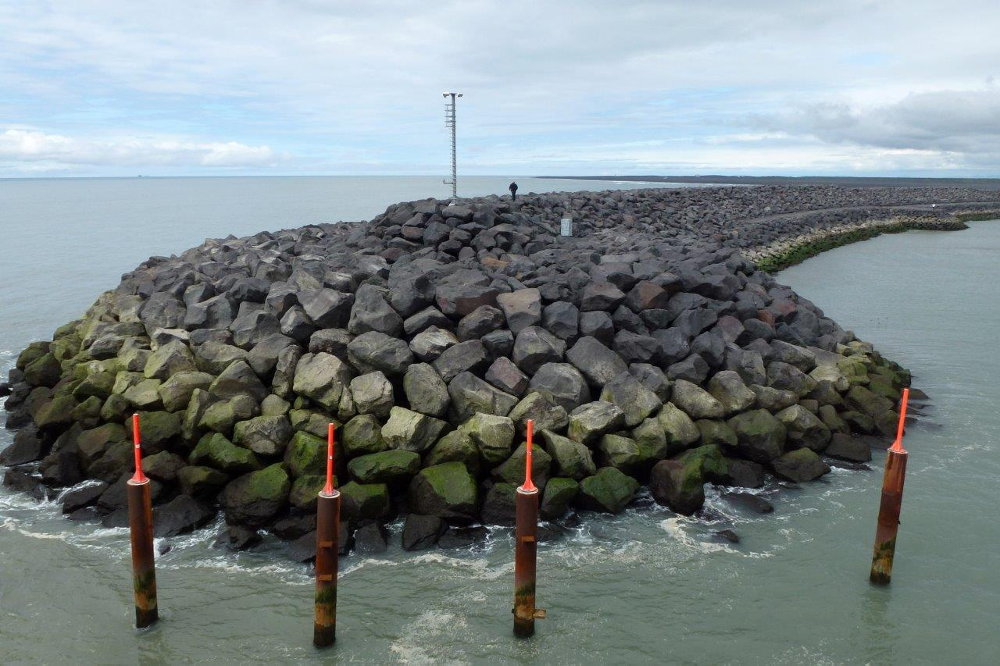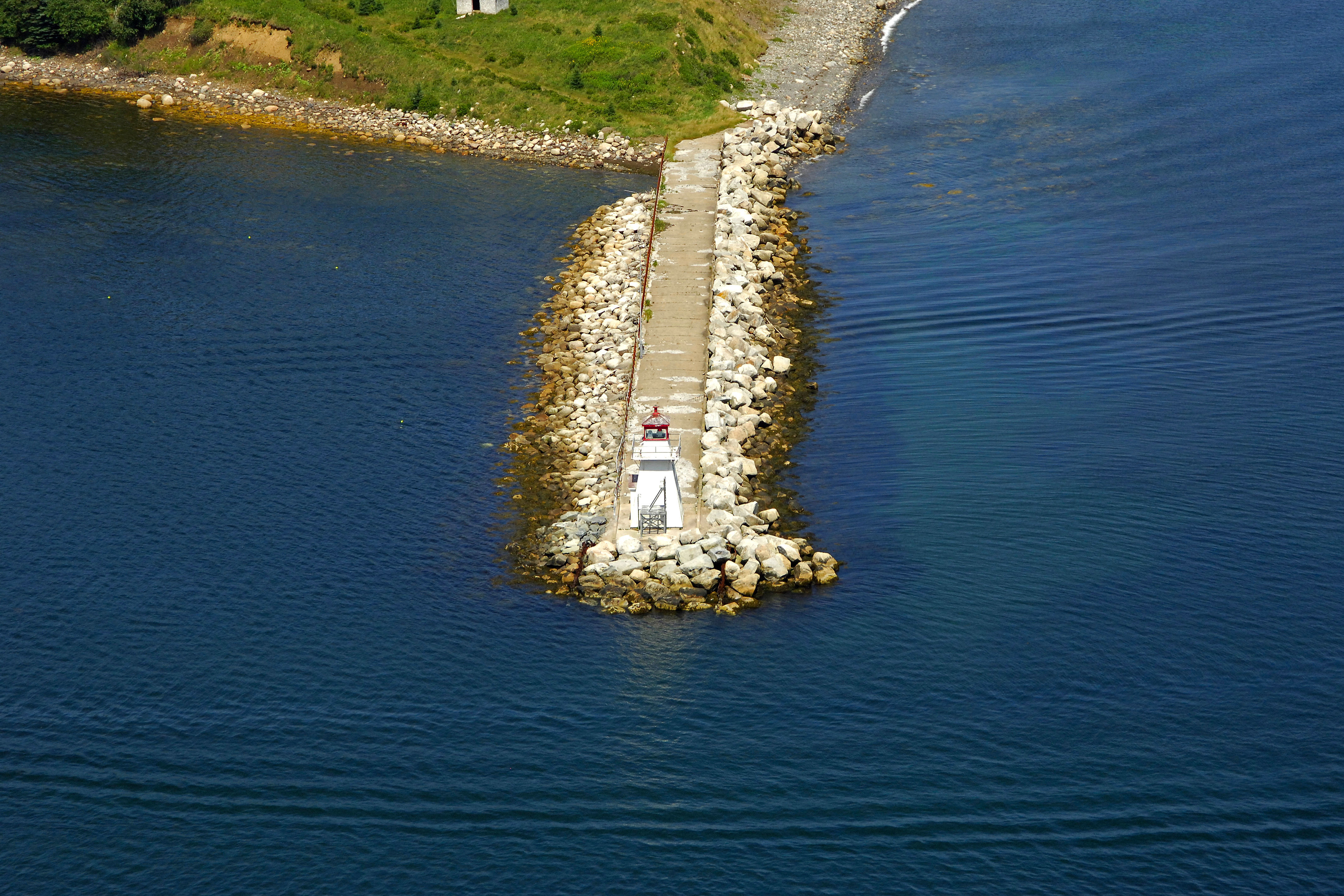
Satellite imagery on Google Earth shows the beach on Park Point as a delicate thread, but the beach on Wisconsin Point is a thick, juicy line. The sand which is stopped by the breakwaters at the Superior Entry winds up on Wisconsin Point, where the beach is massive. Park Point, right there at least, is half it used to be 80 years ago, which is one human lifespan.” So that’s roughly a meter a year of erosion. “If you compare the coastlines, 19 … we see that the 2016 coastline is much inland of where it was in 1938. To illustrate this, Swenson showed an aerial photograph from 1938 of a section near the end of Park Point, overlaid with a satellite photo of today’s Park Point. “By inserting the breakwaters at the Superior Entry and the Duluth ship canal, … we’re damming that river of sand that is fed to you alongshore, and therefore you are starving,” said Swenson. Credit: John Ramosįor more than a century, however, maritime infrastructure has prevented new sand from reaching Park Point. Sediment is eroded from the shoreline and transported via long-shore transport to the head of the lake, where it lands on Park Point. The longshore transport mechanism takes place, to a lesser extent, on Lake Superior’s rocky north shore. “When is that river active? It’s active when we have big storms … During those cyclones, that system is on … That sediment is the source of sediment for your homes, for Park Point.” “Along the coastline, in a very narrow -a couple hundred meters wide, usually-there’s essentially a river of sand,” said Swenson. Swenson said that most of Park Point’s sand came from Lake Superior’s south shore, in Wisconsin, which has an “erosional coastline.” When the shoreline in Wisconsin erodes, the sediment is carried to the west end of the lake via wave and current action (or “longshore transport”), forming a “river of sand” which is eventually deposited on Park Point. Swenson explained that Park Point is what is called a “depositional coastline”-formed by sediment deposited there from elsewhere. What we are experiencing now is the acceleration of a process which has been underway since Duluth’s early history. The concrete piers defining Duluth’s shipping canal also contribute to the problem.

According to Swenson (who specializes in “theoretical modeling of sediment-transport systems”), the breakwaters at the Superior Entry, built in 1906, are largely responsible for Park Point’s disappearing beach. 21, 2020, UMD Professor of Geology John Swenson delivered a talk to the Park Point Community Club on the scientific basis of their erosion problem. The beach is littered with trees which have toppled as the ground beneath their roots has washed away. At the end of Park Point, near the Superior Entry, the forest is falling into Lake Superior. Backyards along that stretch are disappearing at an alarming rate. The section between the lift bridge and 12th Street has been the hardest-hit residential area.
#BREAKWATERS REVIEW SERIES#
Historically high lake levels and a series of big storms have eaten away the beach.

Army Corps of Engineers.įor the past several years, Park Point has suffered tremendous damage from erosion. A shipping lane through the Superior Entry, protected by two long breakwaters extending into Lake Superior, is dredged periodically by the U.S. The gap where the two points almost meet is known as the Superior Entry. Its companion across the bay is Wisconsin Point, a three-mile-long sandbar which curves out from Wisconsin toward Duluth. It does not store any personal data.Park Point is a seven-mile-long sandbar which reaches out from Duluth toward Wisconsin, separating Lake Superior and the mouth of the St. The cookie is set by the GDPR Cookie Consent plugin and is used to store whether or not user has consented to the use of cookies. The cookie is used to store the user consent for the cookies in the category "Performance". This cookie is set by GDPR Cookie Consent plugin. The cookie is used to store the user consent for the cookies in the category "Other.

The cookies is used to store the user consent for the cookies in the category "Necessary". The cookie is set by GDPR cookie consent to record the user consent for the cookies in the category "Functional". The cookie is used to store the user consent for the cookies in the category "Analytics".

These cookies ensure basic functionalities and security features of the website, anonymously. Necessary cookies are absolutely essential for the website to function properly.


 0 kommentar(er)
0 kommentar(er)
